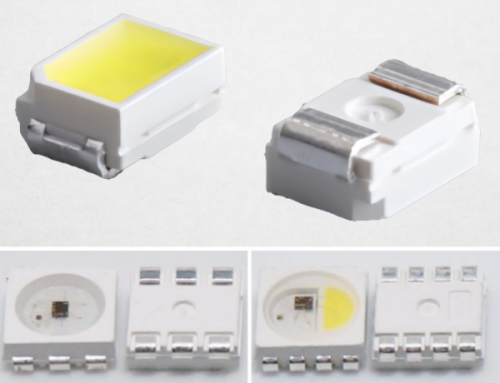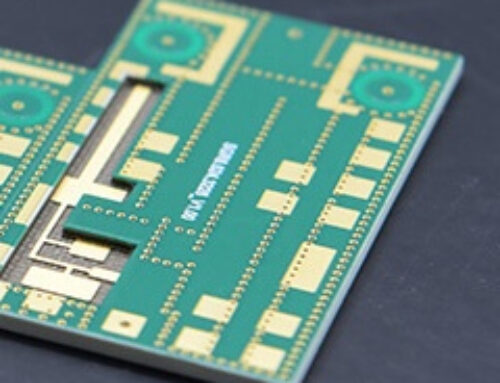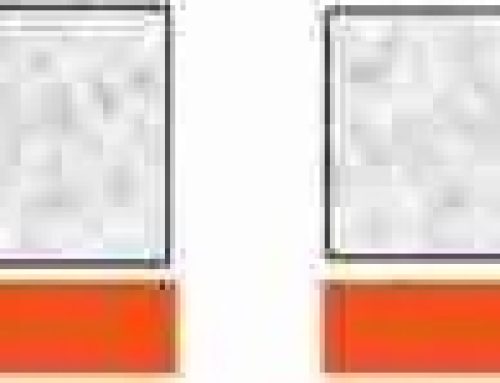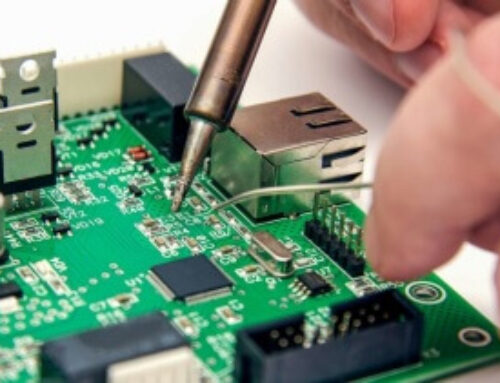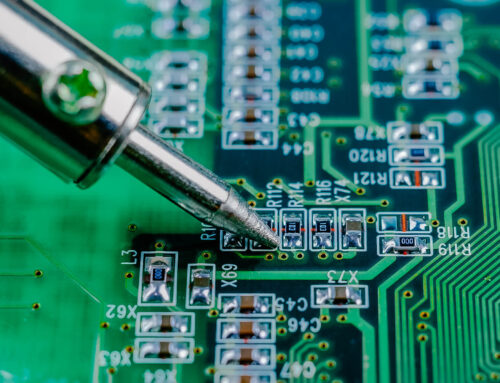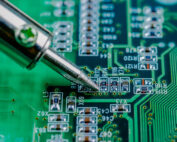Rigid-Flex Printed Circuit Board (Rigid-Flex PCB)
This article focuses on the advantages and specific application scenarios of the rigid-flex printed circuit board compared to rigid and flexible circuit boards.
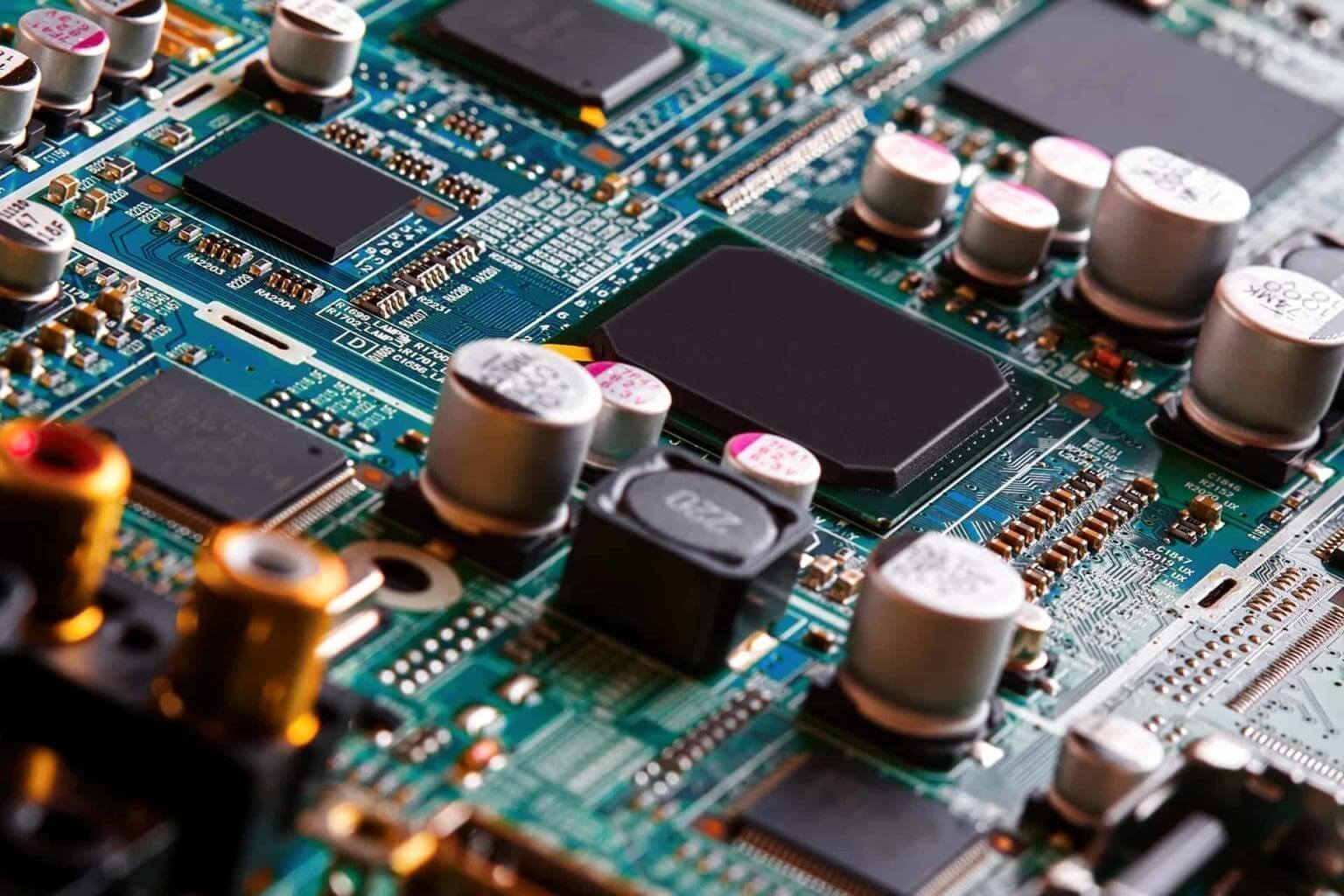
What Is A Rigid-Flex Printed Circuit Board?
A rigid-flex PCB is a printed circuit board which combines a rigid
board with a flexible circuit board. Flexible
circuit boards are flexible and bendable, while rigid circuit boards offer good stiffness and
strength. The Rigid-Flex Printed Circuit Board has the advantages of both rigid PCBs
and flexible FCBs.
Advantages of Rigid-Flex Printed Circuit Boards
• Board size and system weight can both be reduced by eliminating the need for cables and
connectors between rigid components.
• By maximising space to reduce the number of components
• The use of fewer solder joints increases the reliability of connections.
• The assembly of rigid-flex printed circuit boards is easier than that of flexible boards.
• Simplify assembly process.
• Using rigid-flex printed circuit boards can reduce logistics and assembly costs.
• The complexity of the mechanical design can be increased, which will also increase the
optimization of the shell solution scheme.
Flexible PCBs Are Used in a Variety of Applications
The following are the main areas where rigid-flex printed circuit board are used:
• Adapts to Complex Shapes
Flexible rigid PCBs can be cut or bent according to our needs. Wearable Products, medical equipment and
wearable products are all examples of small-space applications that can benefit from this type of PCB.
• Integrate Your Business Better
The rigid-flex PCB allows multiple components to be integrated onto one board, improving the system
integration and reliability.
• Reduce Costs
The rigid-flex printed circuit board can reduce the amount of circuit boards and thereby reduce
manufacturing costs. This is useful as a consumer electronic product.
Applications of Rigid-Flex PCB
Many industries use rigid-flex printed circuit board, including:
• Medical Field
Medical applications of rigid-flex printed board technology are not only limited to sensors, monitoring
equipment and surgical instruments. They also include wearable equipment, medical imaging and medical
instruments. The compact rigid-flex PCB design, as well as its biocompatibility, make it an important
component of modern technology.
• Consumer Electronics
These rigid-flex PCBs are widely used in consumer electronic products such as mobile phones, tablets,
televisions and digital cameras. They achieve compact designs, high performance and reliability. These
rigid-flex PCBs are used to support a variety of convenient technologies.
future Development
As electronic products turn to smaller, lighter, and more flexible aspects of development.In the
future,rigid-flexible circuit boards will be more widely used.
The future of rigid-flex PCBs will be characterized by the following:
• Higher Reliability
Rigid-flex circuit boards will use more advanced materials and processes to improvetheirreliability.
• Lower Cost
As the manufacturing costs of rigid-flex boards decrease, they will become more popular.
• Wider Application
In new applications such as flexible sensors and electronic devices, rigid-flex printed circuit board
will be developed.
Summary
The rigid-flex printed circuit board has
unique advantages that make it widely used in many important areas.
With the continuous development of technology,rigid-flex PCB will be more widely usedin the futureand
willhave a profound impact on the design and manufacturing of electronic products.

